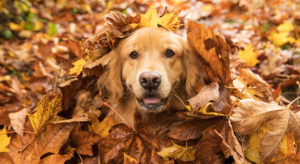 The kids are back to school and life has returned to the normal routine. The leaves are starting to turn colors. Sunrise is later and sunset is earlier. Autumn is here. Soon enough you’ll be looking at the fireplace, wanting to light a fire on a cool evening. Then you realize that you can’t remember the last time you hired a chimney sweep.
The kids are back to school and life has returned to the normal routine. The leaves are starting to turn colors. Sunrise is later and sunset is earlier. Autumn is here. Soon enough you’ll be looking at the fireplace, wanting to light a fire on a cool evening. Then you realize that you can’t remember the last time you hired a chimney sweep.
Chimney-related businesses are very seasonal. The best time to contact a chimney sweep is in the spring and summer when the rates are the lowest and you can get an appointment within a short amount of time. Waiting until it gets cold will mean paying more and having to wait four or five weeks (sometimes more) for an appointment.
Call a chimney sweep today before the rates go up.
Six things to consider when hiring a chimney sweep
1) CSIA Certification – Make sure that you’re using a CSIA Certified Chimney Sweep. These are highly trained chimney professionals, educated in current building codes and fire codes. They also have to sign a very strict code of ethics. This certification must be renewed every three years in order to stay up-to-date with these codes. To find a Certified Chimney Sweep, go to the website for the Chimney Safety Institute of America. Enter your zip code in the search box at the top. It’ll then give you a whole list of CSIA Certified Chimney Sweeps from closest to furthest away within a 50-mile radius.
2) General Liability Insurance – Any contractor who steps on your property should carry general liability insurance. If a tree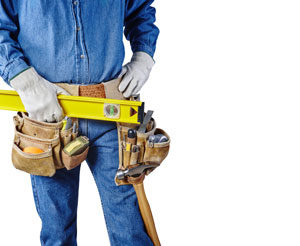 trimmer cuts down your tree and it lands on your neighbor’s roof, without insurance, the homeowner may be financially responsible for those repairs to the neighbor’s roof. Ask the contractor for a copy of his “Certificate of Insurance.”
trimmer cuts down your tree and it lands on your neighbor’s roof, without insurance, the homeowner may be financially responsible for those repairs to the neighbor’s roof. Ask the contractor for a copy of his “Certificate of Insurance.”
3) State Contractor’s License – In California, any work that amounts to more than $500 (labor and materials) requires a contractor’s license. To check a contractor’s license in California, go to the website for the California State Licensing Board. In most cases, because chimney sweeping falls below the $500 limit, a contractor’s license is not required but having a license adds to the legitimacy of the business.
4) Workers’ Compensation – If an employee of a contractor becomes injured while on your property, workers’ compensation will pay for the employee’s injuries. This is very important protection for the homeowner. Imagine if an employee of a tree contractor cuts off his hand while cutting down your tree and the employee doesn’t have workers’ compensation coverage, the homeowner may be financially responsible for those injuries. To determine if the contractor carries workers’ compensation insurance, go to the California State Licensing Board website and enter the license number. The website will provide information on workers’ compensation coverage. Another way to verify coverage is to ask the contractor for a copy of his Workers’ Compensation Proof of Insurance.
5) References – To find a qualified company, ask your friends, family, and co-workers who they’ve used. Word of mouth is a great way to find a chimney sweep company. But be sure to check on the contractor’s certification, license and workers’ compensation.
6) Reviews – Check a company’s reputation by going to Google Reviews, Nextdoor, Yelp, Angie’s List, or Better Business Bureau. If you see a lot of bad reviews, it’s best to choose a different company.
Call your chimney sweep today before you start using your fireplace!
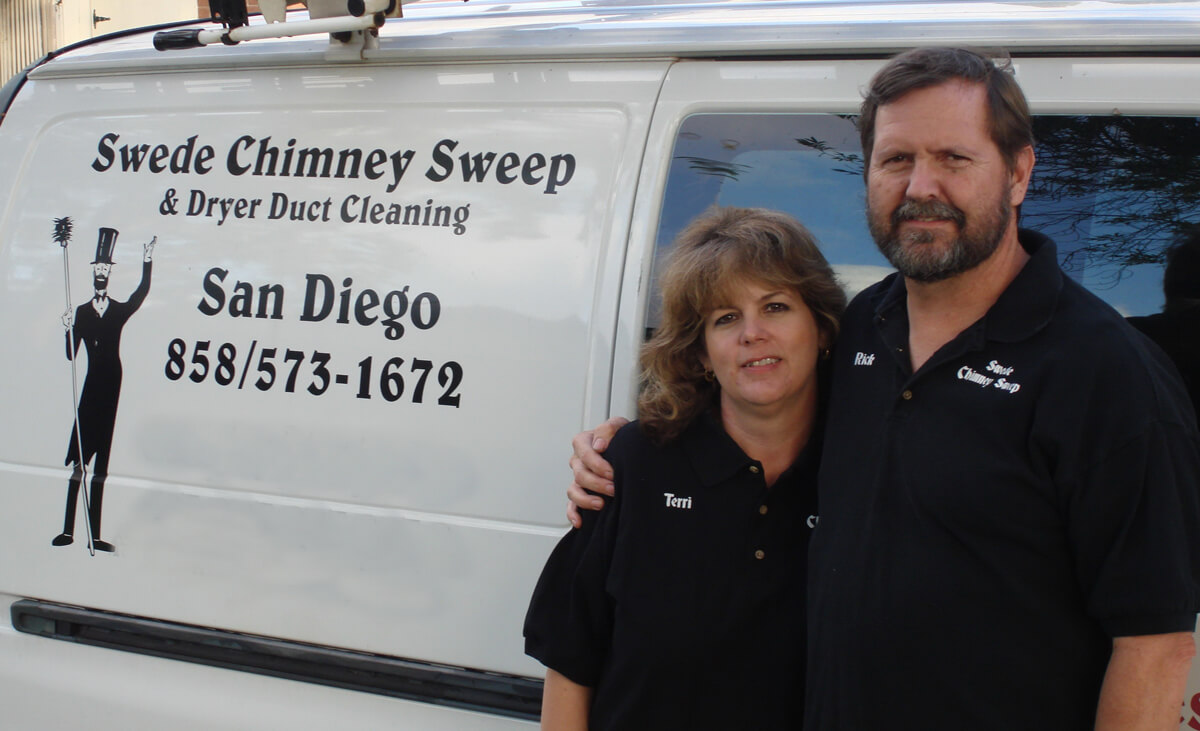
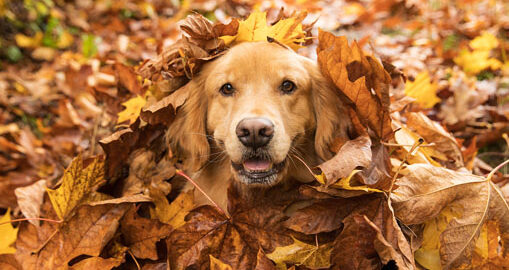
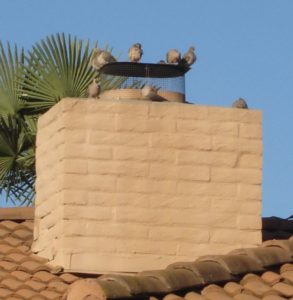 As I’m sitting in my office working, I can hear the high-pitch chirping from some obviously newly-hatched baby sparrows just above my office window. I’m not surprised by the chirping. I’ve been watching the mama bird building her nest on a ledge just above my window for several weeks. During her time building her nest, every time we walk below her nest, she quickly flies away, only to return when we are out of sight. I don’t mind the nest, nor the sound of the constant chirping of the chicks. I don’t even mind the bird poop below the nest on our walkway. It’s the circle of life and I love it.
As I’m sitting in my office working, I can hear the high-pitch chirping from some obviously newly-hatched baby sparrows just above my office window. I’m not surprised by the chirping. I’ve been watching the mama bird building her nest on a ledge just above my window for several weeks. During her time building her nest, every time we walk below her nest, she quickly flies away, only to return when we are out of sight. I don’t mind the nest, nor the sound of the constant chirping of the chicks. I don’t even mind the bird poop below the nest on our walkway. It’s the circle of life and I love it.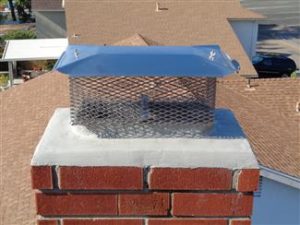 The best way to deal with birds getting into your chimney is prevention. Once birds are gone from the chimney and the nest has been abandoned, we recommend having the chimney inspected and swept to remove any nesting material. In addition, installing a chimney cap will prevent future birds as well as rodents and other critters from entering the chimney.
The best way to deal with birds getting into your chimney is prevention. Once birds are gone from the chimney and the nest has been abandoned, we recommend having the chimney inspected and swept to remove any nesting material. In addition, installing a chimney cap will prevent future birds as well as rodents and other critters from entering the chimney.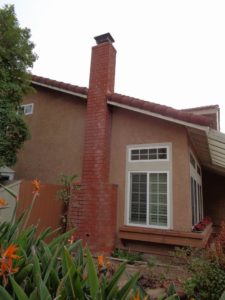
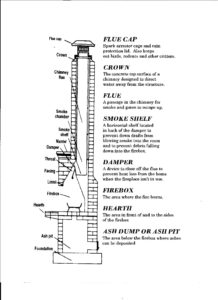 away from the structure. A crown can also be referred to as a “wash” or a “splay.” A cracked crown will allow moisture to get into the chimney structure, eventually creating cracks in the chimney structure.
away from the structure. A crown can also be referred to as a “wash” or a “splay.” A cracked crown will allow moisture to get into the chimney structure, eventually creating cracks in the chimney structure.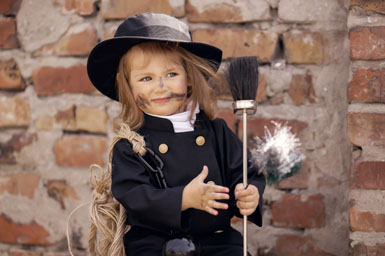




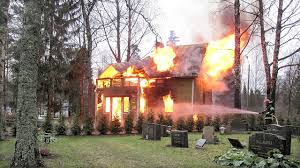
 e most mainstream is the Chimney Safety Institute of America (CSIA). To become certified, an individual is required to take a test every three years based on the International Residential Code, the National Fire Protection Association 211 Manual, the Successful Chimney Sweeping Manual, and then sign a strict code of ethics. To find a CSIA Certified Chimney Sweep, go to the CSIA website at
e most mainstream is the Chimney Safety Institute of America (CSIA). To become certified, an individual is required to take a test every three years based on the International Residential Code, the National Fire Protection Association 211 Manual, the Successful Chimney Sweeping Manual, and then sign a strict code of ethics. To find a CSIA Certified Chimney Sweep, go to the CSIA website at 